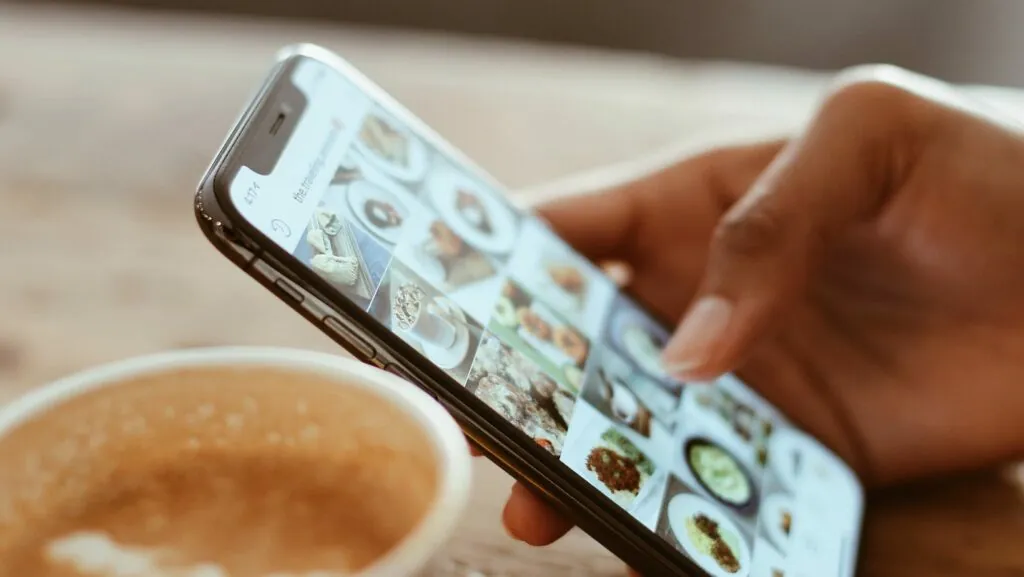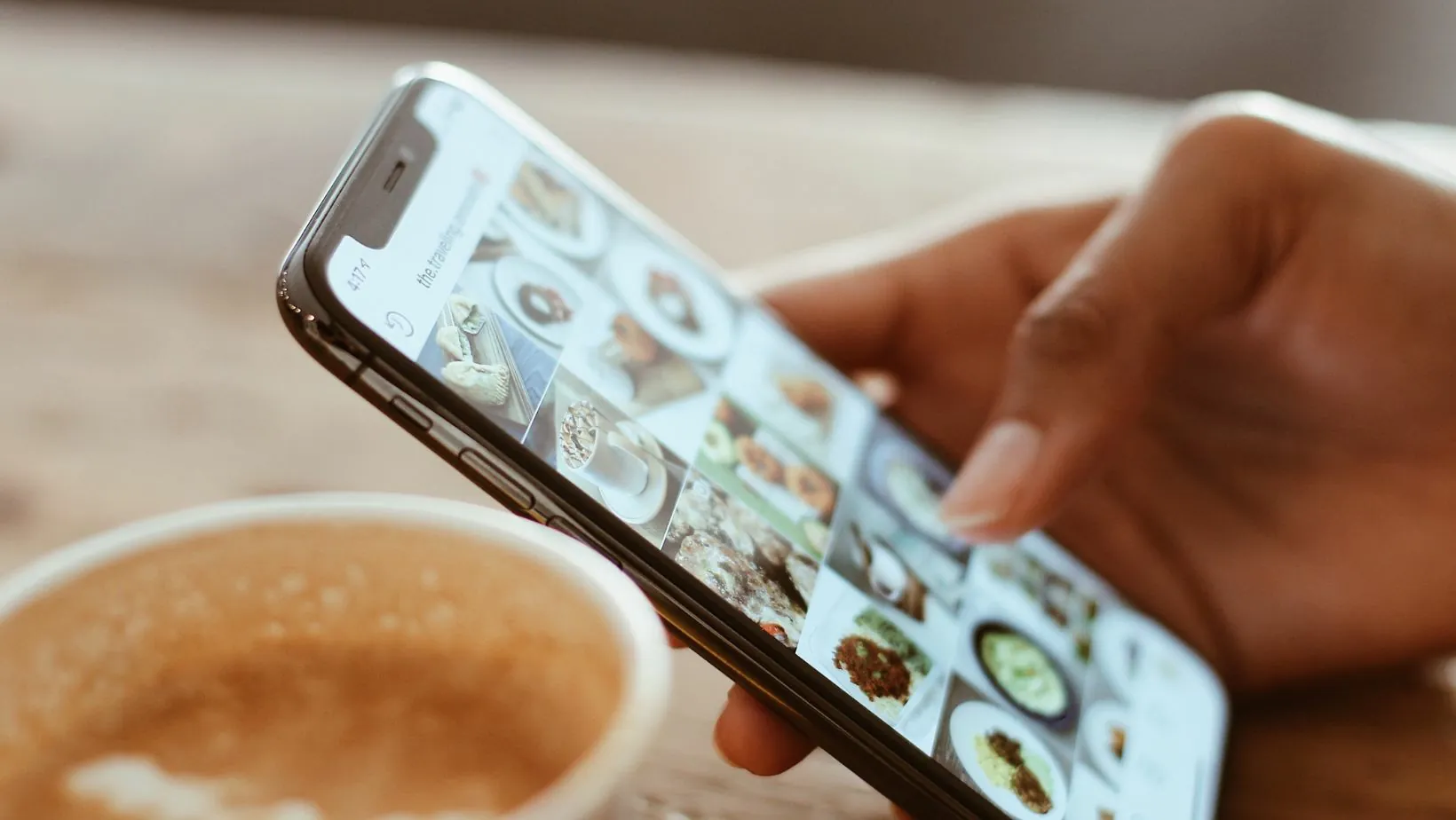The Instagram engagement rate is one of the most accurate indicators of how well your content connects with your audience. It measures the level of interaction—likes, comments, shares, saves, and sometimes story replies—compared to your total followers or reach. In simpler terms, it shows how interested and active your audience is. You can calculate it easily using an Instagram engagement rate calculator or by applying a few simple formulas manually.
Instagram Engagement Rate Formula Overview
| Calculation Type | Formula | Best For | Example |
| By Followers | (Likes + Comments + Saves) ÷ Followers × 100 | Evaluating overall account performance | (1,200 + 300 + 100) ÷ 10,000 × 100 = 16% |
| By Reach | (Likes + Comments + Saves) ÷ Reach × 100 | Measuring post effectiveness | (800 + 200 + 50) ÷ 5,000 × 100 = 21% |
| By Impressions | (Likes + Comments + Saves) ÷ Impressions × 100 | Paid or boosted posts | (600 + 150 + 30) ÷ 8,000 × 100 = 9.75% |
What Is Instagram Engagement Rate?
The Instagram engagement rate represents the percentage of people who interact with your posts relative to your audience size. It’s one of the most essential metrics for influencers, marketers, and brands to understand content performance and audience connection.
Instead of focusing solely on follower count, this metric highlights real activity—showing how engaging your content actually is. A high engagement rate means followers are connecting with your visuals, captions, and messages, while a low rate could signal content fatigue or a mismatch between your posts and audience interests.
If you’re managing multiple profiles, you can use an Instagram engagement rate calculator to compare results efficiently and save time. These tools automatically compute engagement across posts and even include advanced metrics like ER by reach, impressions, and video views.
How to Calculate Instagram Engagement Rate Manually
You can easily calculate it yourself using this simple formula:
Engagement Rate = (Likes + Comments + Saves) ÷ Followers × 100
For example:
If a post receives 1,000 likes, 200 comments, and 100 saves from 20,000 followers, your engagement rate is:
(1,000 + 200 + 100) ÷ 20,000 × 100 = 6.5%

This means 6.5% of your followers actively interacted with your content. That’s considered a strong engagement rate in most industries.
However, if you want more accuracy, use Reach-Based Engagement Rate, especially if your posts often go viral or are promoted through ads.
Reach-Based Formula:
(Likes + Comments + Saves) ÷ Reach × 100
This method gives a more realistic view of performance because it’s based on the number of people who actually saw the post, not just those who follow you.
Which Engagement Rate Formula Should You Use?
Choosing the right formula depends on your goal:
- For influencers: The follower-based engagement rate works best when brands want to see how active your audience is compared to your total followers.
- For marketers and advertisers: The reach-based engagement rate is more precise for campaign reporting, as it accounts for impressions and reach.
- For video content: You can use (Likes + Comments + Shares + Saves + Video Views ÷ Reach) × 100 to capture more dynamic engagement.
The easiest way to get consistent results is by using an Instagram engagement rate calculator—especially if you analyze multiple accounts or campaign reports.
Why Engagement Rate Matters in 2025
In today’s algorithm-driven landscape, Instagram prioritizes meaningful engagement over follower count. This means accounts with a smaller but more interactive audience often perform better than those with millions of passive followers.
The engagement rate directly affects:
- Algorithm visibility — posts with high engagement appear more often on Explore and Reels feeds.
- Brand partnerships — companies use engagement rate as a KPI to evaluate influencer performance.
- ROI tracking — marketers compare engagement metrics to ad spend and conversion data.
In 2025, AI tools and advanced analytics have made it easier to track not just likes and comments, but also time spent on post, saves, and interactions in DMs. Modern Instagram engagement rate calculators incorporate these deeper signals for a more holistic view of audience activity.
Average Engagement Rate Benchmarks
Understanding how your engagement rate compares to others in your niche is vital:
| Follower Range | Average Engagement Rate |
| 1K – 10K followers | 4.5% – 8% |
| 10K – 100K followers | 2% – 4% |
| 100K – 1M followers | 1.5% – 3% |
| 1M+ followers | 0.8% – 2% |
Micro-influencers often achieve higher engagement rates because their communities are tighter and interactions more genuine. Mega-influencers, on the other hand, may have broader reach but lower engagement percentages due to diverse audiences.
Factors That Influence Engagement Rate
Several factors can influence your Instagram engagement rate:
- Post Timing: Sharing when your audience is most active increases visibility.
- Content Type: Reels, carousel posts, and stories generally drive more engagement.
- Caption Strategy: Questions and storytelling encourage comments and saves.
- Hashtag Relevance: Smart hashtag use helps reach a wider, more engaged audience.
- Audience Authenticity: Purchased followers can distort your engagement rate metrics.
- Consistency: Posting regularly keeps your audience connected and responsive.
To truly maximize engagement, analyze both qualitative and quantitative data. Don’t just chase numbers—look for emotional resonance, conversation quality, and audience loyalty.
Using an Instagram Engagement Rate Calculator
Modern Instagram engagement rate calculators do more than basic math. They:
- Pull live data from your profile via the Instagram API.
- Calculate multiple engagement rate types (followers, reach, impressions).
- Visualize your top-performing posts.
- Compare engagement trends over time.
- Provide AI-based insights for optimizing your future content.
These tools are essential for agencies, brands, and influencers aiming to measure real impact instead of vanity metrics.
Quick Tips to Boost Your Instagram Engagement Rate
- Respond to comments quickly — interaction begets interaction.
- Use interactive stickers on Stories (polls, questions, sliders).
- Collaborate with other creators to reach engaged communities.
- Post carousel content that encourages swiping and saves.
- Leverage Reels — they often have the highest organic reach.
- Experiment with CTAs — ask followers to comment their opinions or tag friends.
By combining these strategies with insights from an Instagram engagement rate calculator, you’ll consistently improve your content strategy and build deeper relationships with your audience.
Final Thoughts
The Instagram engagement rate isn’t just a number—it’s a reflection of your community’s trust, interest, and connection with your brand. Whether you’re an influencer negotiating brand deals or a marketer optimizing ad spend, tracking engagement accurately will guide smarter decisions.
Using an Instagram engagement rate calculator saves time, ensures precision, and helps uncover hidden growth opportunities. Remember: it’s not about having the most followers, but the most meaningful interactions.
FAQs
1. What is a good engagement rate on Instagram in 2025?
A good engagement rate ranges from 3% to 6% for most accounts, though micro-influencers often exceed 8%.
2. Does reach or followers give a more accurate engagement rate?
Reach-based engagement rate is more accurate because it measures real views, not just total followers.
3. How often should you calculate your engagement rate?
Analyze your engagement monthly using an Instagram engagement rate calculator to identify growth trends and optimize future content strategies.





